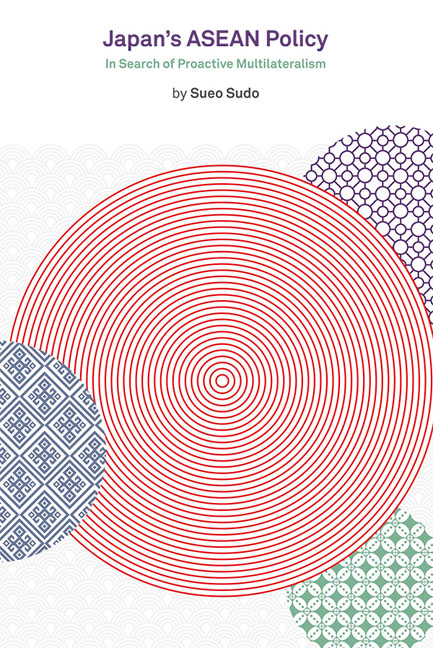Book contents
- Frontmatter
- Contents
- List of Figures and Tables
- Preface
- List of Abbreviations
- Introduction
- 1 ASEAN in Japanese Multilateral Foreign Policy
- 2 Embarking on Japan's ASEAN Policy: The Limitation of the Mainstream
- 3 Straightening the ASEAN-Indochina Divide: The Pursuit of the Alternative Stream
- 4 Consolidating an ASEAN-centred Policy: The Challenge of the Intermediate Stream
- 5 Fortifying a Japan-ASEAN Strategic Partnership: The Resurgence of the Mainstream
- 6 Towards a New Regionalism in East Asia
- 7 Conclusion
- Bibliography
- Index
- About the Author
3 - Straightening the ASEAN-Indochina Divide: The Pursuit of the Alternative Stream
Published online by Cambridge University Press: 06 June 2017
- Frontmatter
- Contents
- List of Figures and Tables
- Preface
- List of Abbreviations
- Introduction
- 1 ASEAN in Japanese Multilateral Foreign Policy
- 2 Embarking on Japan's ASEAN Policy: The Limitation of the Mainstream
- 3 Straightening the ASEAN-Indochina Divide: The Pursuit of the Alternative Stream
- 4 Consolidating an ASEAN-centred Policy: The Challenge of the Intermediate Stream
- 5 Fortifying a Japan-ASEAN Strategic Partnership: The Resurgence of the Mainstream
- 6 Towards a New Regionalism in East Asia
- 7 Conclusion
- Bibliography
- Index
- About the Author
Summary
The end of the Vietnam War in April 1975 brought about many changes in the international relations of Southeast Asia: rapidly declining American commitments, a growing Soviet influence, and the polarization of Indochina and the Association of Southeast Asian Nations (ASEAN) that was induced by the antagonism between communist countries. It is thus no wonder that Soviet-supported Vietnam invaded and ousted the pro-China Pol Pot regime in Cambodia in December 1978. During the height of a new Cold War, it was ASEAN that seized the opportunity to become a viable regional body by resolving the most critical regional conflict. As a matter of fact, ASEAN has come to develop its political base while pursuing economic cooperation policies with the assistance from outside powers.
Many studies have been undertaken to account for these changes, yet the growing Japanese role in the region has not generated any substantial analysis.One of the reasons for the limited scrutiny of Japan's Southeast Asian policy is the view that Tokyo has never changed its traditional economic policy and that its reactions to the changing regional environment are being induced by external pressures. Also, the consistency of Japan's low-profile economic diplomacy has led many scholars to believe that Japan, without adequate military power, does not stand a chance of playing a significant role in Southeast Asia.
This chapter looks closely at new developments in Japanese foreign policy from a different perspective, focusing on how Japanese policymakers came to define Japan's new role in a turbulent region, while pursuing multilateral policies towards ASEAN instead of traditional bilateral economic policies. Japan's new role can be seen in the process of forging the very first foreign policy doctrine in 1977. In fact, designating ASEAN as a pillar of Japanese foreign policy, Japan went through a significant experiment in playing a proactive political role in Southeast Asia between 1977 and 1986.
ASEAN IN 1977: 10TH ANNIVERSARY AND JAPAN
The year 1977 could be regarded as a turning point in ASEAN regionalism for two reasons. The first is the fact that ASEAN held another summit in a row. The second is that ASEAN incorporated dialogue partners into the framework of the regional cooperation scheme.
- Type
- Chapter
- Information
- Japan's ASEAN PolicyIn Search of Proactive Multilateralism, pp. 66 - 103Publisher: ISEAS–Yusof Ishak InstitutePrint publication year: 2014

